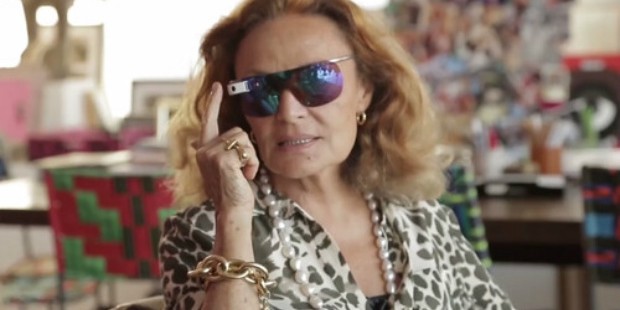Google executives said they expected the wearable Glass computer to be released later this year but that schedule may have shelved.
During the Google I/O developers conference last month, and again in an interview last week, a company executive wouldn’t say whether Glass would be released this year.
“Right now we’re focusing on feedback from explorers, and we’ll launch the advice when we’re ready,” Timothy Jordan, a Google developer advocate, told website Computerworld. “All I know is that we’re having a great time building new experiences and hearing what consumers say and going from there.”
Google in May began offering Glass prototypes to all comers. Anyone interested in purchasing a prototype, priced at $1,500 (£1,000 in the UK), can get one while they last at this website.
Since the product is a prototype, users are considered ‘explorers’ or testers and can provide feedback to Google.
Google had initially said Google Glass would be generally available in 2013. By late summer that year, the company quietly began referring to a 2014 release date.
Patrick Moorhead, an analyst with Moor Insights & Strategy, said he wouldn’t be surprised if Google delays the release of Glass again.
“Google is attempting something very, very aggressive – a computer on your face,” he said. “There are big technical, as well as social, challenges. This comes with the territory. After owning Glass, I would say it needs a lot more work to make it a viable product. I’d say 2014 is a possibility, but not probable. Google doesn’t want to commit to 2014. It’s high risk.”
Apps
IDC analyst Scott Strawn said getting Glass ready for general release is going to take some time. “To make this technology viable, several things must happen,” he explained.
“First, processing power must become more powerful and cheaper. Moore’s Law takes care of this but it will take a few more years,” Strawn said. “Second, and at least as important, the device must become sufficiently useful to large numbers of people to outweigh the challenges associated with the social implications. This requires new types of software and apps. They are not here yet.”
Strawn added that as with many technologies, the hardware must come first and then the software follows. Both are needed to make it useful for the consumer.
“We are likely to see Glass used in commercial and industrial applications first,” he said. “In my mind, there is very little question that this technology will become widely adopted. The potential use cases are simply too substantial for it not to but it may be 2018 before it becomes a widely adopted consumer technology.”
Computerworld







Subscribers 0
Fans 0
Followers 0
Followers